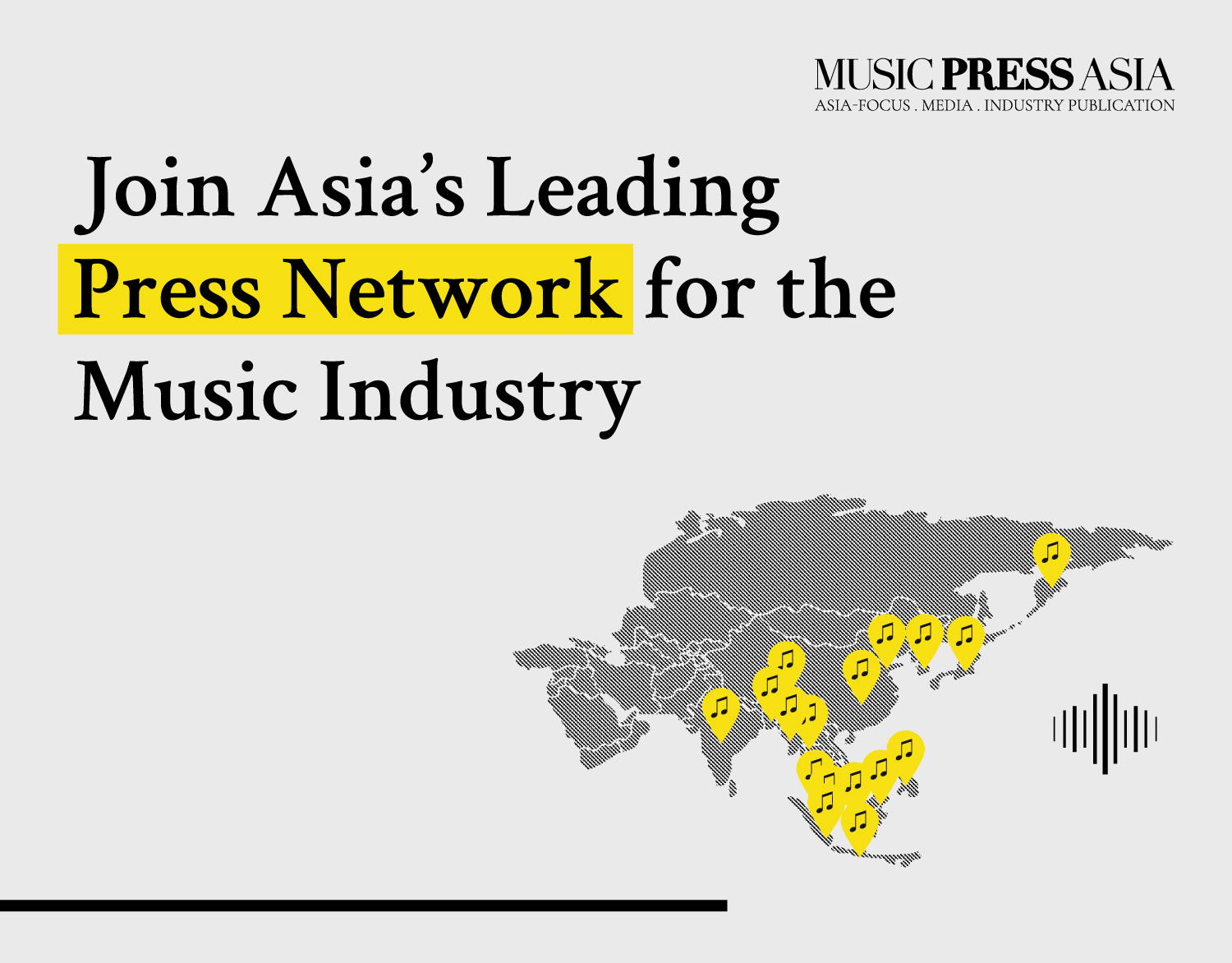AT&T Is Acquiring Time Warner. What’s Likely To Happen?
Against antitrust law? Why the AT&T-Time Warner deal was so closely watched.
Against antitrust law? Why the AT&T-Time Warner deal was so closely watched.
![[Photo: courtesy of AT&T]](https://www.musicpressasia.com/wp-content/uploads/2018/08/building-1-cropped-800x450.png)
[Photo: courtesy of AT&T]
Content Distributor vs. Content Provider
After a grueling 18 months since AT&T first announced its desire to acquire Time Warner in an USD$85 billion mega-merger, the drama continues when the Justice Department of the Trump’s administration sought to prevent the deal on antitrust grounds, claiming that the merger of a wireless data tech giant with one of the world’s largest producers of entertainment would be anti-competitive and damage consumers, and the effects of this acquisition could have on the entertainment industry.
When Netflix and digital streaming came into the industry as a subscription-based digital streaming platform, it threatens the traditional organization of Hollywood’s studios and networks. The rise of such business model has caused frenzy within the entertainment businesses to scramble both to build their own streaming empires and acquire more content in a new digital world scaled to gain direct access to consumers.
These conglomerates are getting bigger: their purchasing power mean they now have enough resources to do it alone. Not a very different story from Sony’s recent offer to acquire EMI at USD$2.3 billion, a so-called ‘investment in content intellectual property. While we think it won’t be the last big tech-telecom-entertainment merger of the era, it’s pretty clear that boardroom executives are definitely pledged to a bigger-is-better strategy.
So, what’s more likely to happen?
1. Potential Alternatives To Save Costs
The day after Judge Richard Leon announced the approval of the AT&T and Time Warner deal, Comcast tried to break up Disney’s takeover of 21 st Century Fox by offering a new USD$65 billion bid. We’ll likely see these vertical mergers form to expand their monopoly and combine resources of supply and data at scale for mobile and video content. This merger allows the giant conglomerate to create new advertising products for video, mobile, curated content, at the same time, save costs.
2. Advertising Costs May Increase
We have already seen the shift of TV commercial assets to online advertising efforts in social media and YouTube. The mere conglomerates that control the industry may significantly reduce competition and drive up costs by shifting marketers and advertisers’ campaigns from one market into another.
AT&T’s digital expenditures will need to accelerate to compete with the speed of digital, paid and earned media such as the Amazons, Googles, Facebooks and Apples of the world.
3. Who’s The Buyer and Seller?
In the new digital-driven entertainment world, while content is the absolute king, content with the intent of a worldwide distribution can’t really exist without a worldwide distribution arm. Small and medium-sized players are basically on the verge of either being absorbed by a bigger media company.
Sony Pictures’s film studio has been struggling to stay abreast may also be a target for acquisition rather than an expansion. It’s unlikely to be sold under Kenichiro Yoshida. Blame a lack of franchises, its movies still generated 1 trillion yen in revenue for Sony Pictures last year and has remained an important cash generator for the group. It lucked out with the ‘Jumanji’ remake, Spiderman, James Bond and ‘Hotel Transylvania’, all of which brought box office revenue to $417 million, but was still below Disney’s $2 billion.
Another company in play is Alibaba Group. They went on a shopping spree in 2014 and bought a 60% stake in ChinaVision Media for USD$804 million. It was later renamed as Alibaba Pictures Group, which went on to acquire a minority equity stake in Amblin Partners. Apart from distribution and merchandising, the partnership has seen Alibaba co-financed Amblin and DreamWorks films in China and worldwide. Its most impressive list of films to date include Mission: Impossible – Fallout, starring Tom Cruise. These cash-rich tech companies including Facebook, Amazon, Apple are allocating more on content as a way to differentiate their services, and whose balance sheets would scarcely be influenced by the acquisition of an entertainment company.
4. Convergence of media brands and distribution of more information
Talk about distribution of information to just about anywhere, anytime and anyone. This will also mean that AT&T’s possible target for having more advertising time at a relatively much lower cost than usual. They can easily manage their growing target audience and how information is distributed through TV ads.
The re-merge of CBS and Viacom is still in the talks and assuming a few possible outcomes, the merge could also mean that they can then go shopping for more assets to leverage their competitiveness with Netflix, Disney, and Comcast. Alternatively, Viacom could divest certain properties of its own and CBS could also gain more film and TV content via a merge with Paramount Pictures.
5. Driving Competition, Subscription Models Popularized
Just like Netflix and Amazon, whose main objectives are in creating and distributing content, AT&T/Time Warner sees the similarity in being a creator and distributor to stay competitive in merging with Time Warner that holds a strong foot in content production. The acquisition will undoubtedly gain AT&T an extensive content library that leverage in subscription models through streaming content via mobile devices.
———————————————————————————————————————————————————————————————-
This column does not necessarily reflect the opinion of the editorial board or Music Press Asia and its owners.
———————————————————————————————————————————————————————————————-
To contact the author of this story: Nina Golan at news@musicpressasia.com
———————————————————————————————————————————————————————————————-
To contact the editor responsible for this story: Monica Tong at editor@musicpressasia.com













